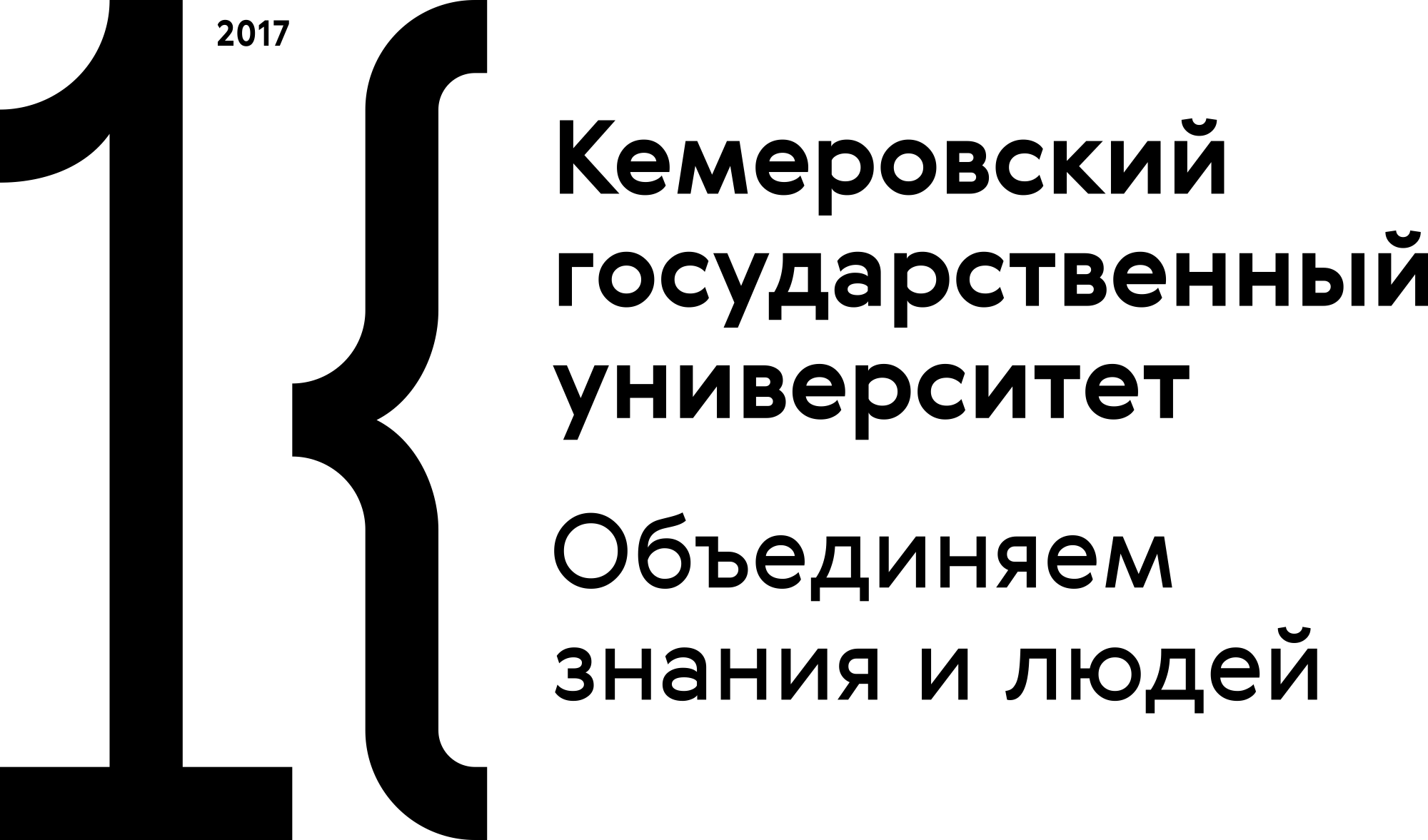Россия
Россия
Россия
ГРНТИ 27.01 Общие вопросы математики
ГРНТИ 31.01 Общие вопросы химии
ГРНТИ 34.01 Общие вопросы биологии
The work investigates the applicability of the Keating Model to estimation of the crystal lattice dynamics with the atomic coordination different from that of tetrahedral. The general model statement is considered in view of the long-range pattern of Coulomb interaction, software support of estimations with total consistency and accuracy assessment in terms of test systems to be standard for the Keating Model, and calculation results are given with the analysis of the crystal phonon spectrum structured like the mineral salt and fluorite. It is shown that the best choice of the model parameters will result in values for compounds of the structure above that are well consistent with experimental data, including acoustic vibration frequency range, where the Keating Model normally results in the increased values thereof.
lattice dynamics, Keating Model, force coefficient, phonon spectrum, atomic site
1. Keating P.N. Effect of Invariance Requirements on the Elastic Strain Energy of Crystals with Application to the Diamond Structure. Physical Review, 1966, vol. 145, no. 3, pp. 637-645, doi:https://doi.org/10.1103/PhysRev.145.637.
2. Martin R.M. Elastic Properties of ZnS Structure Semiconductors. Physical Review, 1970, vol. 1, no. 10, pp. 4005-4011, doi: 10.1103/ PhysRevB.1.4005.
3. Bashenov V.K., Marvakov D.I., Petukhov A.G. Lattice Dynamics of Diamon d-Type Crystals from Keatong's Valence-Force Field. Physica Status Solidi (b), 1978, vol. 88, no. 2, pp. K161-K164. doi: 10.1002/ pssb.2220880265.
4. Betini M. Zone-Centered Phonons in Ternary Compounds of Chalcopyrite Structure. Physica Status Solidi (b), 1975, vol. 69, no. 1, pp. 201-212. doi:https://doi.org/10.1002/pssb.2220690123.
5. Koschel W.H., Betini M. Zone-Centered Phonons in AIBIIIS2 Chalcopyrites. Physica Status Solidi (b), 1975, vol. 72, no. 2, pp. 729-737. doi:https://doi.org/10.1002/pssb.2220720233.
6. Skachkov S.I. and Tyuterev V.G. Vnutrennie smeshchenija ionov v kristallakh s reshetkoy khal'kopirita v usloviyakh odnorodnoy deformatsii [Internal ionic displacement in crystals with chalcopyrity lattice during homogenous deformation]. Fizika [Physics], 1981, no. 5, pp. 72-77.
7. Poplavnoi A.S., Tjuterev V.G. Lattice Dynamics of AIIBIVCV2 and AIBIIICVI2 Semiconductors with Chalcopyrity Lattice in a Rigid-Ion Model. Journal de Physique Colloques, 1975, vol. 36, pp. 169-170. doi: 10.1051/ jphyscol:1975331.
8. Tyuterev V.G., Skachkov S.I. Lattice Dynamics, Thermodynamics and Elastic Properties of Cd GeAs2, Nuovo Cimento, 1992, vol. 14, no. 11, pp. 1097-1103. doi:https://doi.org/10.1007/BF02456762.
9. Tyuterev V.G. Reshetochnaya dinamika monosloynoy sverkhreshetki (GaAs)1 (AlAs)1 (001) [Lattice dynamics of mono- layer superlattice (GaAs) 1 (AlAs) 1 (001). Bulletin of HEI]. Fizika [Physics], 1989, no. 11. 127 p.
10. Narayana Murty J.V.S.S., Ramji Rao R., Lattice Dynamics of ZrC Using Keating's Approach. Physica Status Solidi (b),
11. 1981, vol. 104, no. 2, pp. 691-696. doi:https://doi.org/10.1002/pssb.2221040236.
12. Davydov S.Yu. Vliyanie netsentral'nykh sil na temperaturnuyu zavisimost' uprugikh postoyannykh kristallov s reshetkoy Na Cl. [Impact of non-central forces on the temperature dependence of elastic constant crystals with Na Cl lattice]. Fizika tverdogo tela [Solid state science], 1973, vol. 15, no. 11, pp. 3458-3460.
13. Davydov S.Yu., Nikanorov S.P. Uprugie svoistva kristallov ANB8-N i ionnost' [Ealstic properties of crystalls A NB8-N and electrovalence]. Fizika tverdogo tela [Solid state science], 1974, vol. 16, no. 1, pp. 210-213.
14. Grabov V.M., Davydov S.Yu., Mironov Yu.P., Juigo А.М. Uprugie svoystva i sily svyazi v polumetallakh V gruppy i
15. ikh splavakh [Elastic properties and bond strength in V group semimetals and alloys]. Fizika tverdogo tela [Solid state science], 1985, vol. 27, no. 7, pp. 2017-2024.
16. Davydov S.Yu. Uprugie svoystva grafena: model Kitinga. [Graphene elastic properties: Keating Model]. Fizika tverdogo
17. tela, [Solid state science], 2010, vol. 52, no. 4, pp. 756-758.
18. Davydov S.Yu. Uprugie moduli tret'ego poryadka odnoslozhnogo grafena. [Elastic modules of mono-layer graphene of third order]. Fizika tverdogo tela [Solid state science], 2011, vol. 53, no. 3, pp. 617-619.
19. Kushwaha M.S. Lattice Dynamics of Sodium and Rubidium Halides. Nuovo Cimento, 1980, vol. 60, no. 2, pp. 201-214. doi:https://doi.org/10.1007/BF02728228.
20. Kushwaha M.S. Normal Modes of Vibrations in Transition Metal Oxides. Physica B+C, 1982, vol. 112B, pp. 232-236. doi:https://doi.org/10.1016/0378-4363(82)90023-7.
21. Kushwaha M.S. Bond-bending Forces in the Crystal Dynamics of Cs-halides, Physica B+C, 1984, vol. 123B, pp. 300-312. doi:https://doi.org/10.1016/0378-4363(84)90106-2.
22. Kushwaha M.S. Lattice Dynamics of Alkaline-Earth Oxides. Journal of Chemical Physics, 1982, vol. 7, no. 11, pp. 5693-5698. doi: 10.1063/ 1.443776.
23. Kushwaha M.S. Lattice Dynamics of Potassium Halides (KCl, KBr and KI). Journal of the Physical Society of Japan, 1980, vol. 48, no. 2, pp. 377-383. doi:https://doi.org/10.1143/JPSJ.48.377.
24. Born М., Kun Kh. Dinamicheskaya teoriya kristallicheskikh reshetok [Dynamics theory of crystal lattice]. Moscow: Publ. Inostrannaya literatura, 1958. 488 p.
25. Fu H, Ozoliņš V., Zunger A. Phonons in GaP Quantum Dots. Physical Review, 1999, vol. 59, no. 4, pp. 2881-2887. doi:https://doi.org/10.1103/PhysRevB.59.2881.
26. Prokhorenok N.A. Python 3 and PyQt. Software program elaboration. St. Petersburg: BHV-Peterburg, 2013. 704 p.
27. Momma K., Izumi F. VESTA 3 for three-dimensional visualization of crystal, volumetric and morphology data. Journal of Applied Crystallography, 2011, vol. 44, pp. 1271-1276. doi:https://doi.org/10.1107/S002889811038970.
28. Gordienko A.B. State registration certificate for software program. Patent RF, no. 2016617462, 2016.
29. Каne E.O. Phonon spectra of diamond and zinc-blende semiconductors. Physical Review B, 1985. vol. 131, no. 12, pp. 7865-7876. doi:https://doi.org/10.1103/PhysRevB.31.7865.
30. Agrawal B.S. The Lattice Dynamics of CsCl, CsBr, and CsI. Solid State Communications, 1974. vol. 14. pp. 239-244. doi:https://doi.org/10.1016/0038-1098(74)90843-6.
31. Wang Y., Zhang L. A., Shang S., Liu Z.-K., Chen, L.-Q. Accurate calculations of phonon dispersion in CaF2 and Ce O2.
32. Physical Review B, 2013, vol. 88, no. 2, pp. 024304(1-5). doi:https://doi.org/10.1103/PhysRevB.88.024304.
33. Schmalzl K., Strauch D., Schober H. Lattice-Dynamical and Ground-State Properties of Ca F2 Studied by Inelastic Neutron Scattering and Density-Functional Methods. Physical Review B, 2003, vol. 68, no. 14, pp. 144301 (1-12). doi:https://doi.org/10.1103/PhysRevB.68.144301.
34. Himadri R. Somi, Sajeev K. Gupta, Mina Talati, Prafulla K. Jha. Ground state and lattice dynamic study of ionic conductors CaF2, SrF2 and BaF2 using density functional theory. Journal of Physics and Chemistry of Solids, 2011, no. 72, pp. 934-939. doi:https://doi.org/10.1016/j.jpcs.2011.04.018.
35. Kaiser W., Spitzer W.G., Kaiser R.H., Howarth L.E Infrared Properties of CaF2, SrF2 and BaF2. Physical. Review B, 1962, vol. 127, no. 6, pp. 1950-1954. doi:https://doi.org/10.1103/PhysRevB.127.1950.
36. Abhijet P., Luiser M. and Klimeck G. Modified Valence Force Field Approach for Phonon Dispersion: from Zinc-blende
37. Bulk to Nanowires. Journal of Computational Electronics, 2010, vol. 9, pp. 160-172. doi:https://doi.org/10.1007/s10825-010-0332-9.
38. Steiger S., Salmani-Jelodar M., Areshkin D., Paul A., Kubis T., Povolotskyi M., Park H-H, and Klimeck G. Enhanced Valence Force Field Model for the Lattice Properties of Gallium Arsenide. Physical Review, 2011, vol. 84, pp. 155204(1-11). doi: 10.1103/ PhysRevB.84.155204.










